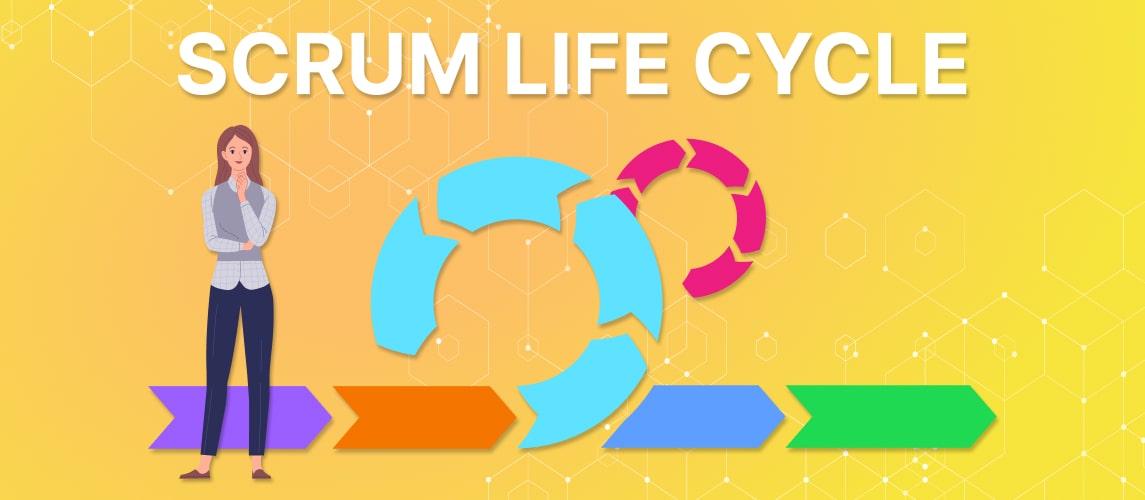Scrum consists of individual stages of work, the result of which is the finished product. Iteration, one of the main features of the framework, allows you to demonstrate the product to the customer after each stage. In turn, the customer can identify and point out existing problems or partially or completely change the functionality. For greater clarity, we suggest considering each stage separately.
The first stage is the product backlog
A product backlog is a list of requirements for a product being developed. Its elements – user stories – are ordered by importance and have their own unique id. In addition, you have to make their initial estimate and to choose a method that describes how you can demonstrate the completed tasks. Initial estimate is measured in story points.
The second stage is sprint planning and sprint backlog
At the second stage, the duration of the sprint is determined. If it is short, it will allow you to release the product more often, and therefore, quickly receive feedback from the customer and identify errors in the work. Long iterations allow you to devote more time to current problems. To make the right choice, you can bring the average. As a rule, the duration of a sprint is about 2 weeks. At this stage, communication between the customer and the scrum team plays an important role: the client prioritizes tasks, and the developers determine the amount of work.
When planning a sprint, the team turns to the product backlog and selects the high priority tasks – user story. In addition, developers determine how the goals will be performed. The selected user stories fall into the sprint backlog. It is important to understand that the number of user stories that go into the sprint backlog is affected not only by their priority, but also by the amount of expected work. The duration of the user stories in the story point is taken into account so that each user story can be completed by the end of the sprint.
The third stage is work on the sprint and scrum meetings
When the actual user stories are defined, the development process itself begins. This is the third stage of the work. The easiest way to implement it is using visual visualization methods – cards and tables, they can be of different sizes and colors. The table is divided into several categories:
- stories;
- to do;
- in Progress;
- testing;
- Done.
This is an example of what a table might look like. Categories may differ depending on the specifics of the project.
The card shows the name of a particular story or describes a separate task that is needed to implement the user story. By the way, this moment of visualization is known as Kanban. Then it remains only to move the card from one category to another, depending on what stage the solution of the problem is.
This is the easiest way that can be implemented at the expense of improvised means. But there is another way – special software, for example, Atlassian JIRA.
Another important feature of the development process is scrum meetings. This is a kind of meeting where each developer informs colleagues about what task is currently in progress, what has already been completed and what he plans to do.
The fourth stage – retrospective
After all the work, the product is demonstrated to the customer. The latter, in turn, leaves feedback and impressions. The retrospective is based on feedback about the product, and is designed to improve the development process in order to avoid problems. In addition, the scrum team is looking for effective ways to work. After the retrospective, the team starts planning the next sprint, and so on the circle. As you can see, scrum is quite a dynamic and flexible framework. It is characterized by continuous development and customer focus. This leads to optimization of the development process or brings it to perfection.
